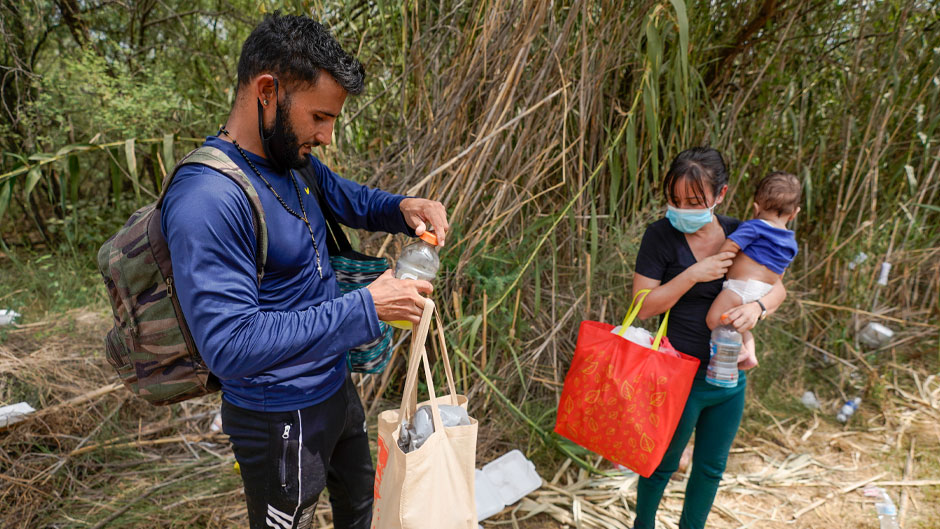The number of Cuban migrants arriving to the U.S. border in the past few months is higher than the “balsero” crisis of 1994, which brought about 35,000 Cubans in homemade rafts to the U.S. shores.
About 47,000 Cubans arrived at U.S. borders during the past five months, according to the latest U.S. Customs and Border Protection statistics.
Cubans are among the top groups of migrants recently seeking asylum in the United States. Other groups include Colombians, Nicaraguans, and Ukrainians, according to reports from the Department of Homeland Security.
The increased migration has prompted a scheduled meeting between U.S. and Cuban officials in Washington, D.C., on Thursday to discuss immigration policies and procedures.
“The surge is not at all surprising, although the scale is,” said Michael Bustamante, associate professor of history and Emilio Bacardi Moreau Chair in Cuban and Cuban American Studies at the University of Miami. “Cuba is in the midst of its worst economic crisis in 30 years. That crisis is the result of a number of factors: internal economic mismanagement, which includes a poorly timed currency reform that has led to strong inflation; the devastating effects of the pandemic, which curtailed tourism; and the effects of U.S. economic sanctions.”
This surge has been aided by the conspicuously timed decision of the government of Nicaragua to allow Cubans entry to their country without a visa, said Bustamante.
“Flights to Nicaragua, therefore, are serving as the primary launching point for Cubans seeking to make the journey over land to the U.S. border,” he added.
Increased political repression also plays a role in the exodus. Historic protests in Cuba in July and the Cuban government’s response of jailing several hundred protesters have combined with the depth of the economic problems to convince many, particularly young Cubans, that they are simply better off seeking new horizons abroad, according to Bustamante.
The COVID-19 pandemic also forced Cuba’s borders to be closed from spring 2020 through most of 2021. Since the opening of its borders last November, there has been a “mad rush to the gates,” said Bustamante.
“The migration surge, then, is both the result of pent-up demand over the last few years and a response to just how grave things are in the country right now,” he said.
Adding to the problems for Cubans, the U.S. Embassy in Havana has been closed since 2017, cutting off legal channels of immigration and family reunification for many Cubans. The closure was because of irregular events that took place and left many U.S. diplomats on the island with health issues.
“The U.S. Embassy in Havana has recently announced the imminent resumption of very limited consular services,” said Bustamante. “But this in many respects is too little, too late.”
Among the topics to be discussed by immigration officials is deportations. Most Cubans who are allowed to cross at the Mexican border are not being deported back to the island. It is unclear whether they will be admitted under the Cuban Adjustment Act, which provides a path to naturalization to these migrants after they have been “inspected and admitted or paroled,” said Bustamante. The 1966 Adjustment Act allows Cubans admitted to the U.S. to apply for a green card after one year and a day, even if they are fighting deportation in court.
The number of Cubans crossing the Florida Straits and arriving to Florida shores has also been rising, according to U.S. Coast Guard officials.
More than a thousand Cubans have been intercepted in Florida waters since October. Most of them have been returned to the island, according to news reports.

